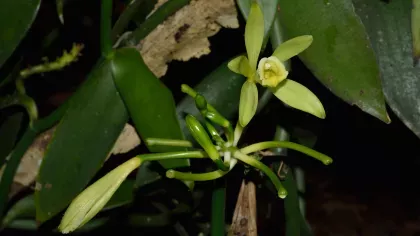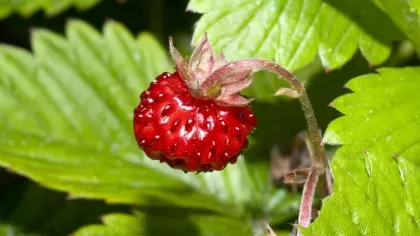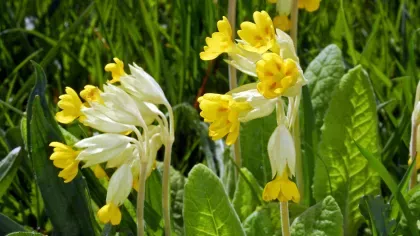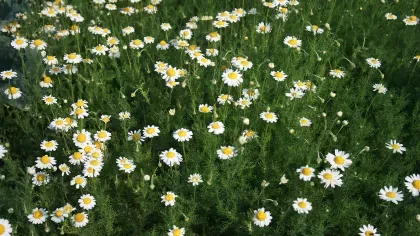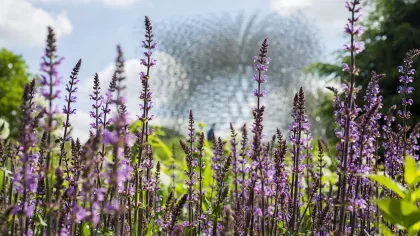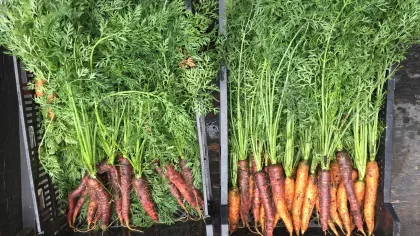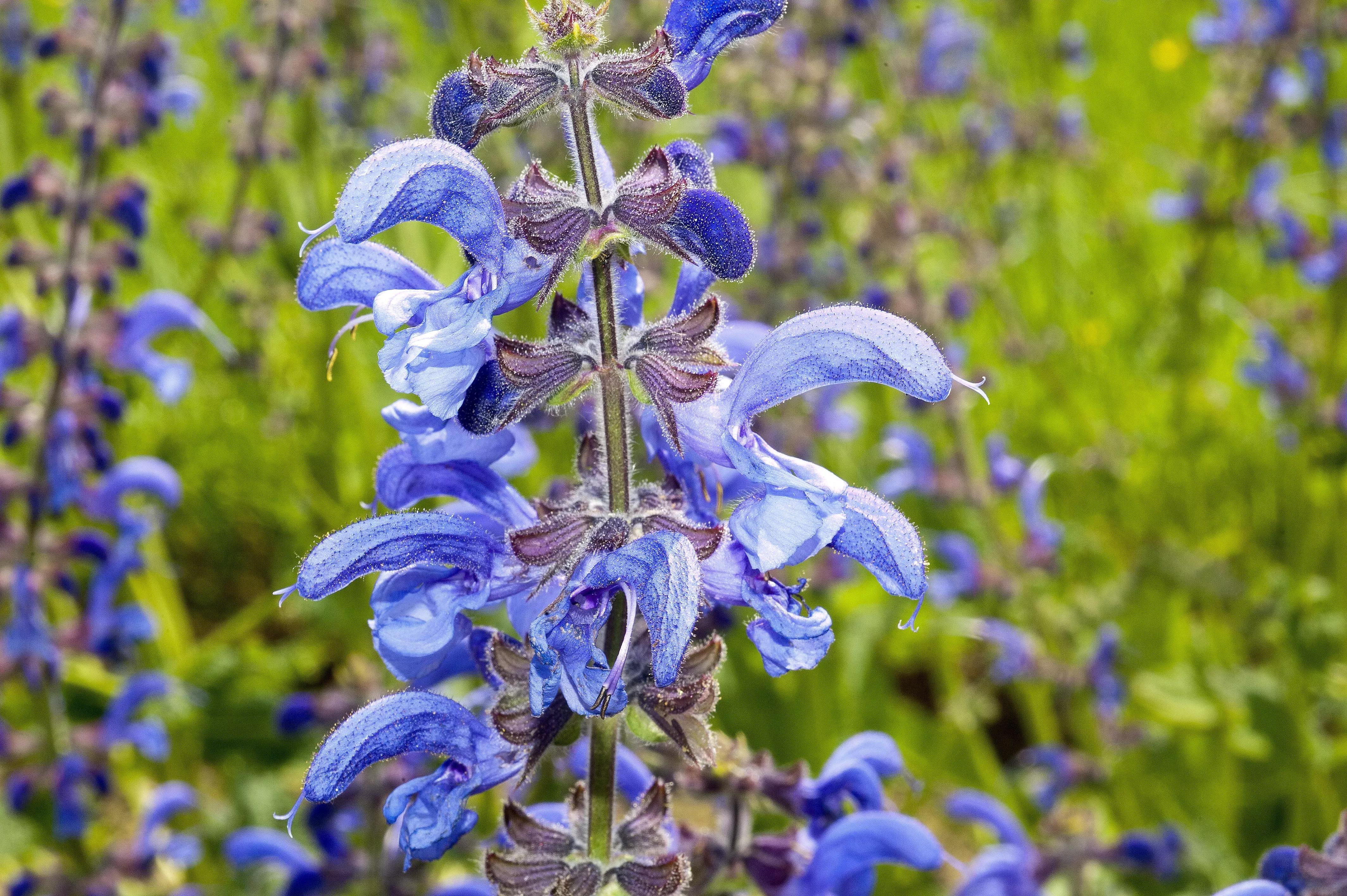
Meadow clary
The meadow clary’s striking blue flowers and wonderfully aromatic leaves are a flower-arrangers' favourite.
It is now threatened with extinction in the UK as their habitats are disappearing, but our Millennium Seed Bank is helping to save this blue beauty.
Plant description
The meadow clary has rich green, oval, and often aromatic leaves with slightly wrinkled edges that are arranged in opposite pairs in a basal clump. Their erect stems with soft hairs bear violet-blue and rarely pink or white, two-lipped flowers



Plant uses
Cultural
Meadow clary is popular in flower arrangement.
Food and drink
It has been used to flavour beers and wines.
Health
The common name 'clary' is derived from 'clear-eye'; meadow clary seeds were used in the past as a paste to remove particles from the eyes and to reduce inflammation.
Meadow clary was also used for sore throats, and to clean teeth.
Where in the world?
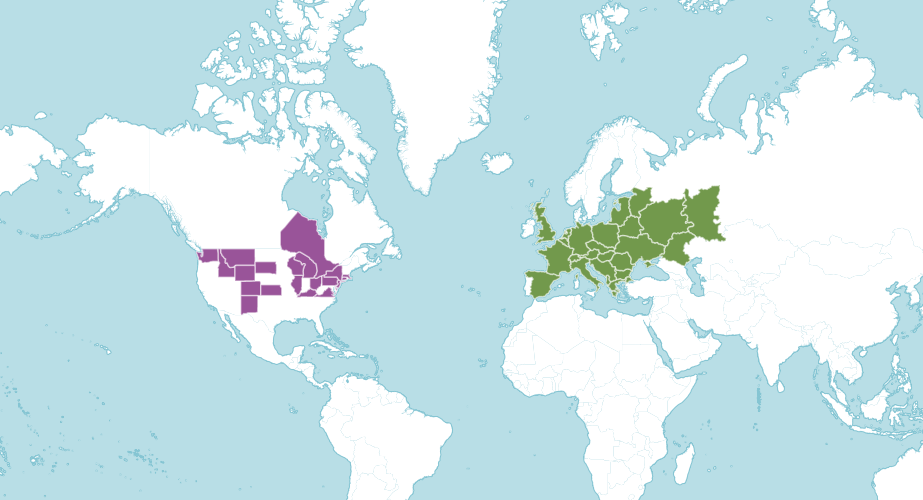
Grazed pastures, banks and meadows with chalk or limestone soils.
Our work
The meadow clary is a rare plant in the UK; it is only native to a few sites in southern England.
They are threatened by habitat change, often caused by ploughing, fertilising and re-seeding of grasslands, as well as the loss of grazing by livestock, which allows other plants to outcompete the meadow clary.
To save meadow clary, the UK wildlife legislation has ruled it illegal to pick, uproot, destroy or sell them.
Here in Kew’s Millennium Seed Bank we also help protect the meadow clary.
21 collections from native populations are stored in our seed bank which provides a resource for conservation, research or education.
